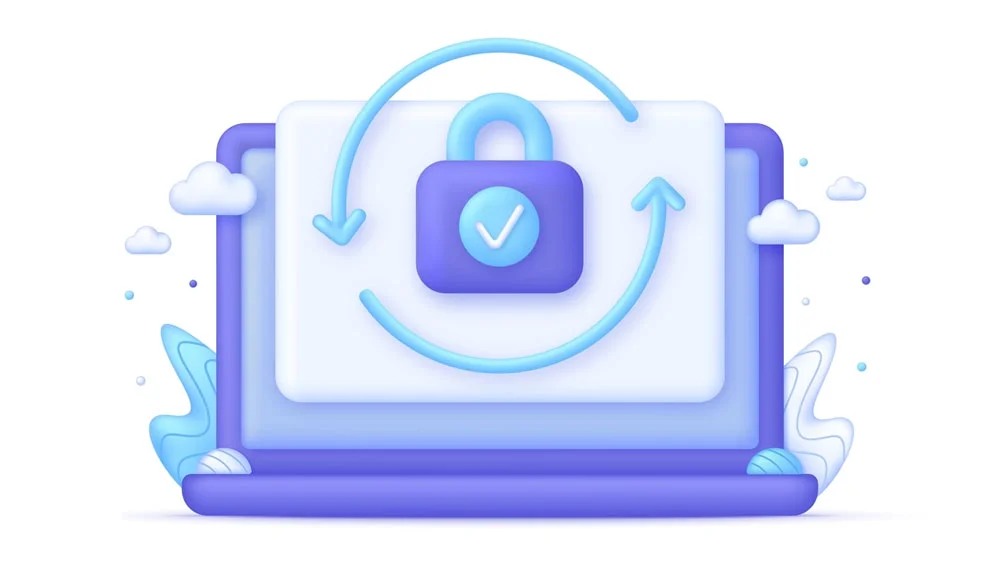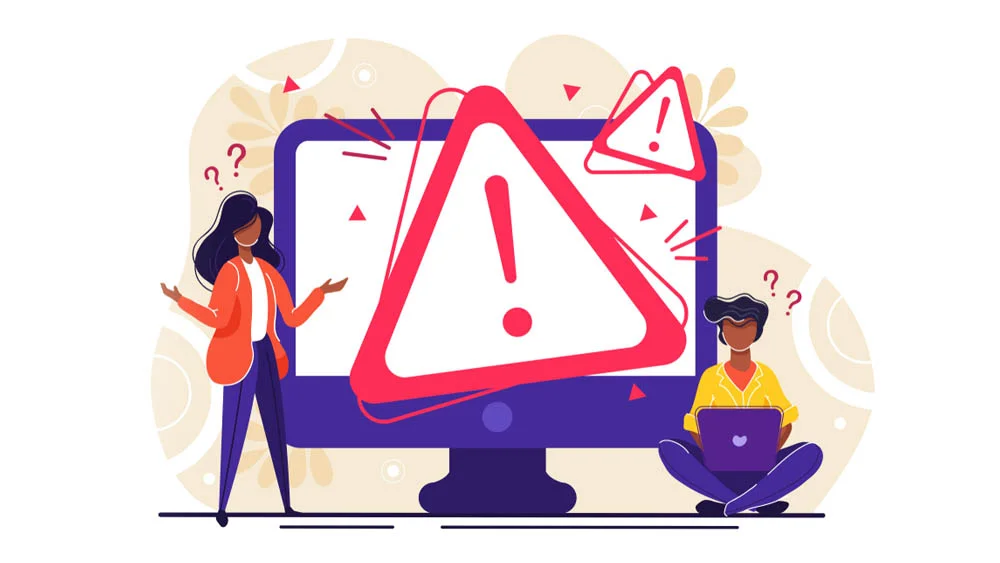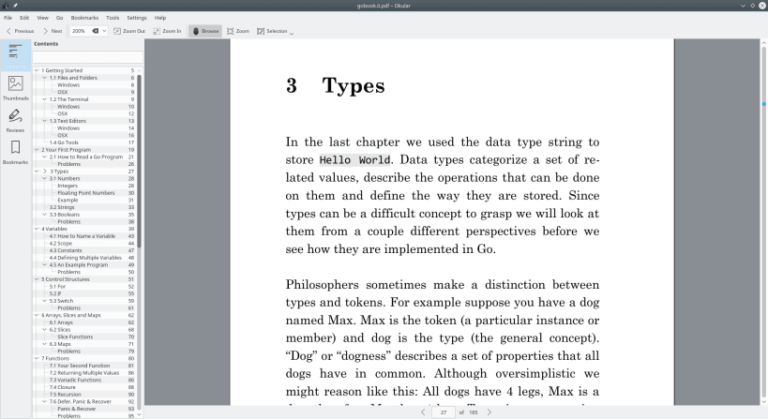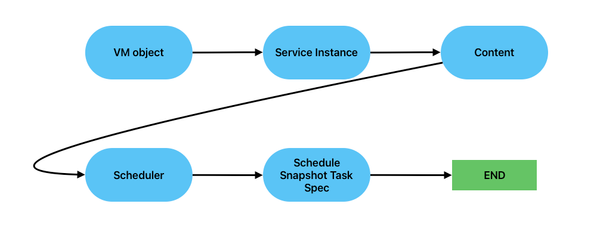In today’s advanced world, where everything is connected and more and more data is being shared through applications, app security is critical for both businesses and developers. So, securing an application in the current technological advancement systems from the increasing threats from attackers or hackers is vital, especially for the users. However, it is worth knowing that many developers make fatal mistakes that lead to the insecurity of their applications. As you’ll find out in this blog post, there are mobile app security mistakes to be aware of. They will ensure your mobile app is guarded and safeguard your users’ precious information.
Neglecting Input Validation
Contents
Probably one of the most fatal sins in app development is the absence or inadequate input validation. If there is no proper sanitizing of user input and validation, the application is open to various types of vulnerability. For instance, SQL injection attacks, cross-site scripting (XSS) attacks, and buffer overflow/injection attacks. These openings can make your application behave in ways you did not intend to. You can expect things like disclosing your clients’ information to someone else or granting wrongfully someone access to your systems.
To avoid this mistake, you need to perform comprehensive input validation both at the client part and the server part. Assuming all inputs that are typed in by the user are credible. We Should always check for the type of data, length of data, format of data, and range of data. In addition, you can use some form of query, like parameterized queries or prepared statements, every time you have to interface with databases. It is the best way to circumvent SQL injection disasters.
Storing Sensitive Data Insecurely
The other big mistake is the inability to store information securely. This encompasses login details, identification details, credit/debit card details, social media login details, API keys, and many others. Accompanying it and storing such data unencrypted in plain text makes it possible to steal and misuse it. When the storage of data entails high risk, it is possible to encounter consequences such as financial losses, damaged reputations, and legal losses.
Regarding this, it is always important to use some robust encryption algorithms that are already implemented within the industry to protect the data that is at rest. Set and adhere to the right key control measures, such as rotation of keys and proper storage of keys. Do not retain any more sensitive information than necessary to do business and eliminate, where possible, any personally identifiable information. For user passwords, make use of good hash algorithms with a salt. So, even if someone has access to the user’s database, he cannot access passwords for the users.
Ignoring Regular Security Updates and Patches

One of the common mobile app security mistakes that most developers are used to is the failure to update their applications and dependencies regularly. This can render your app open to known exploits and security risks, weakening the app despite all your efforts. Hackers also exploit older software since not all of it is updated to accommodate new patches that combat computer crimes.
To address this, adapt the conceptual model for managing patches, which is described below. Frequently update your application, frameworks, libraries, and all the third-party components. Use applications that can alert the team of any emerging security advisories and vulnerabilities within the supporting technologies. Design an effective strategy for load testing of upgrades and for every patch that can be released so that the patches do not prove to be defective or incompatible.
Inadequate Authentication and Authorization Mechanisms
Lack of authentication and authorization mechanisms is one of the most prevalent mobile app security mistakes. This includes merely using actual or generic passwords, not enforcing MFA, and not handling user sessions well. This is due to insulted access control, which can bring about unauthorized access, data compromise, and account hijacking.
For enhanced security protocols of your app, ensure that you use good and strong authentication processes. Adopt firm password standards that elaborate on issues to do with the length, complexity, and frequency of password replacements. Use MFA wherever you can, especially for the special operations or operations that are to be performed under the accounts that have administrative control.
Lack of Proper Logging and Monitoring
A majority of application developers often fail to consider adequate logging and monitoring to be critical aspects of app security. This makes it hard for the organization to notice and counteract security breaches. This is because no proper logs and monitoring structures have been put in place to assist in this. This can have the adverse effect of exposing the system to the threats for a longer time and raising losses incurred from the attacking threats.
To solve this, incorporate good policies in logging that will record important security activities such as login attempts, access to data resources, and changes made to the systems. Make it impossible to change anything that was logged and that the logs are well secured. Conduct an application of real-time monitoring and alerting schemes. It will help observe and combat any prospective suspicious movements as soon as possible. It suggests reading through logs frequently to identify probable patterns or even irregularities that may suggest the presence of threats.
Insufficient Error Handling and Information Disclosure

Failure especially in error handling and in managing the information that one discloses, can, offer potential attackers some useful information. Identifiable information about your application, such as the structure of the application, database tables, and other underlying internal structures. They may be disclosed to the end-users through the errors or stack traces which may contain detailed error messages. Such information can further be exploited by the attackers to develop their attacks more focused.
To avoid this risk, you should put the correct error messages in place. As it will give relevant information to the user without revealing information. For the production environment, the error messages should be generic, while for the development environment, the detailed and complex information of the errors encountered should be logged securely.
Conclusion
The following are the eight mobile app security mistakes that will go a long way toward improving the app’s security if handled. Applying such appsec best practices will help keep your users shielded, your personal information protected, and your application’s purity preserved. As already pointed out several times, security is a continuously progressive effort. It has to be implemented through constant adjustments and monitoring. Be up to date with the threats that come with these features, ensure that your team develops adequate knowledge periodically, and incorporate security into your development process as a norm. With these practices in mind, you will be properly prepared for the constantly changing threat landscape in the digital realm.
Building a secure mobile app requires avoiding common security mistakes and adopting robust app security practices. Stay ahead of evolving threats by integrating security measures into your development process from day one. Explore the nandbox app builder—a platform that helps you create secure, feature-rich apps with ease. Start safeguarding your users and your app today.





